Sure, you’ve heard of this scenic chain of islands in the St. Lawrence River, straddling the border between Ontario and New York state. Maybe you’ve even taken a boat tour. But did you know these 10 quirky facts about the 1000 Islands—including the fact that there aren’t precisely a thousand of them?
Note: During the COVID-19 pandemic, some of the places below may be closed or operating with limited hours. PLEASE check each spot’s website or social media before planning a visit.
This post contains affiliate links.
Boldt Castle is owned by a bridge
One of the region’s most famous tourist attractions, Boldt Castle has had a chequered history. It was commissioned by millionaire George Boldt, who made his fortune as the proprietor/manager of the Waldorf-Astoria Hotel in New York City. Some 300 workers would toil on the 120-room mansion on Heart Island over the course of four years, beginning in 1900. But when Boldt’s wife Louise died suddenly in 1904, all work stopped.
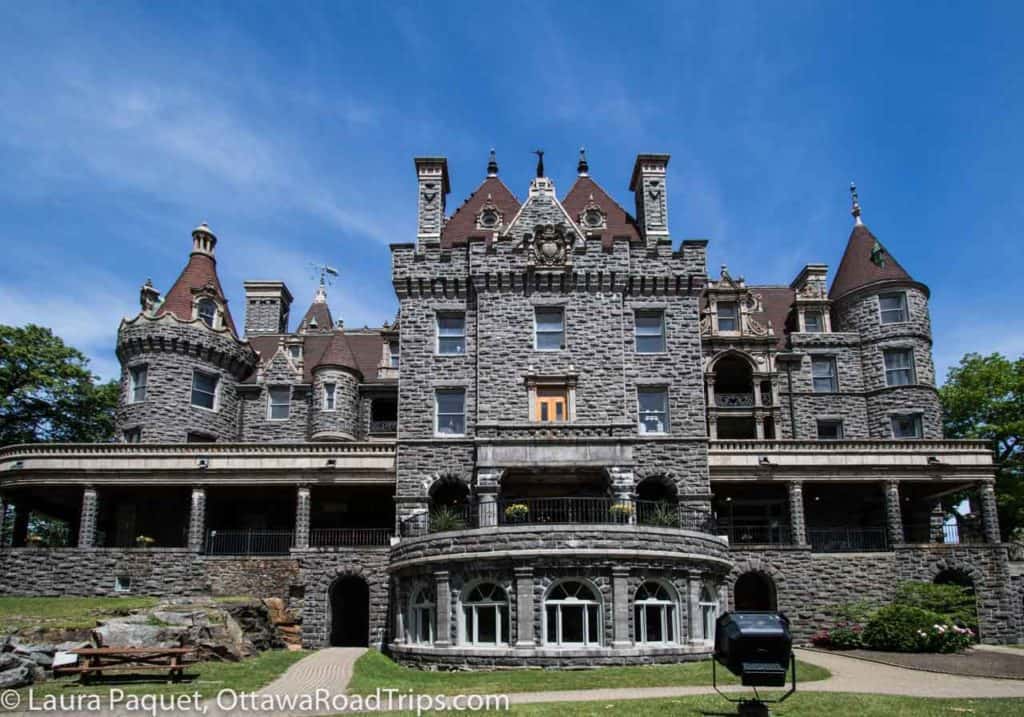
The castle was abandoned for 73 years until the Thousand Islands Bridge Authority (TIBA) bought it in 1977 for a dollar, on the condition that all money raised through visits to the castle would be spent on its preservation. Since then, the TIBA has spent several million dollars restoring the vast house.
The origins of Thousand Island dressing are disputed
If you take a boat tour of the 1000 Islands or Boldt Castle, I guarantee that every guide will tell you that either George Boldt himself or his chef developed Thousand Island dressing. According to the popular story, the Boldts were taking a trip on their steam yacht (as one does) when their chef realized he hadn’t brought any dressing on board for the salad (quelle horreur!). He had, however, managed to cart aboard eggs, mayonnaise, pickle relish, Worcestershire sauce and ketchup, and a legend began. Or did it?

According to this 2016 NPR story, the thick salad condiment was actually devised by Sophia Lelonde, co-owner of The Thousand Islands Inn in Clayton, New York. (A later owner of the property unearthed the recipe in the inn’s safe.) According to this version of the story, Lelonde’s husband George—a fishing guide—drizzled the dressing on a salad made for socialite actress May Irwin, who shared the secret with the Boldts.
Boldt Castle isn’t the only 1000 Islands castle you can visit
A bit less famous, Singer Castle (on Dark Island, also on the U.S. side) was built in the early 1900s for Frederick Bourne, a president of the Singer Sewing Machine Company. Built with tons of granite and replete with secret passages, it remained in the family until 1961, when Bourne’s daughter Marjorie sold it to a military academy for $100. Today, intriguingly, it’s owned by a German-based company called Vladi Private Islands.
Indigenous people have been coming to the islands for at least 7,000 years
A stone hunting point discovered near Gananoque is one of the earliest archaeological artifacts of Indigenous people in the 1000 Islands. Between 700 BCE and 1600 CE, the area was a popular fishing ground; to date, roughly 40 archeological sites have been found throughout the region. The Iroquois name for the islands is Manitouana, or “Garden of the Great Spirit.”
You can visit two vintage boat museums
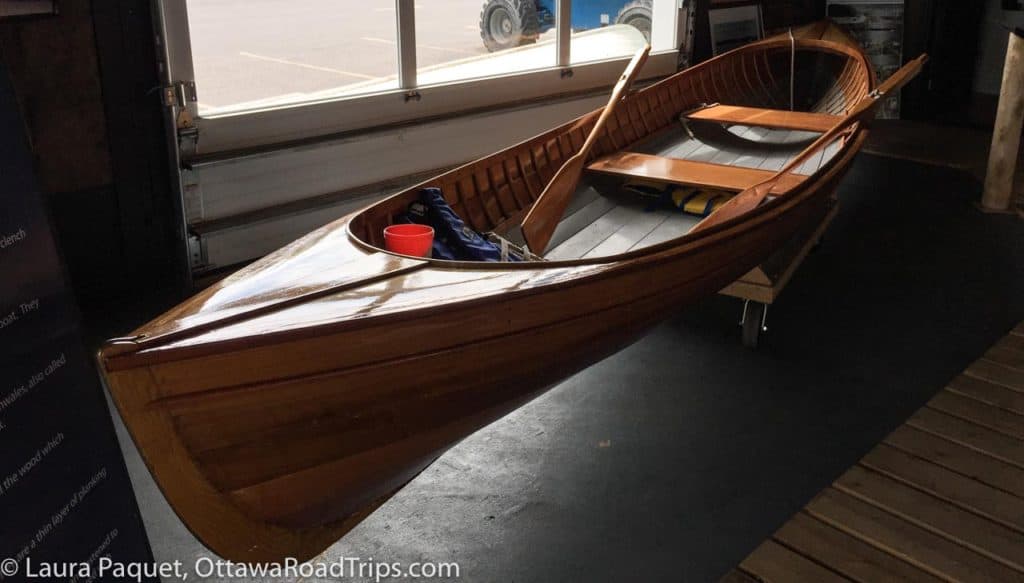
Boats have been crucial to the history of the 1000 Islands. A sleek, locally invented rowboat called the St. Lawrence River skiff was once found at just about every local dock, and over the years the region has been home to countless amateur and professional boat builders. Today, you can learn more about this fascinating history at vintage boat museums on both sides of the St. Lawrence River: the Thousand Islands Boat Museum in Gananoque, Ontario, and the Antique Boat Museum in Clayton, New York.
There’s a playhouse in a boathouse
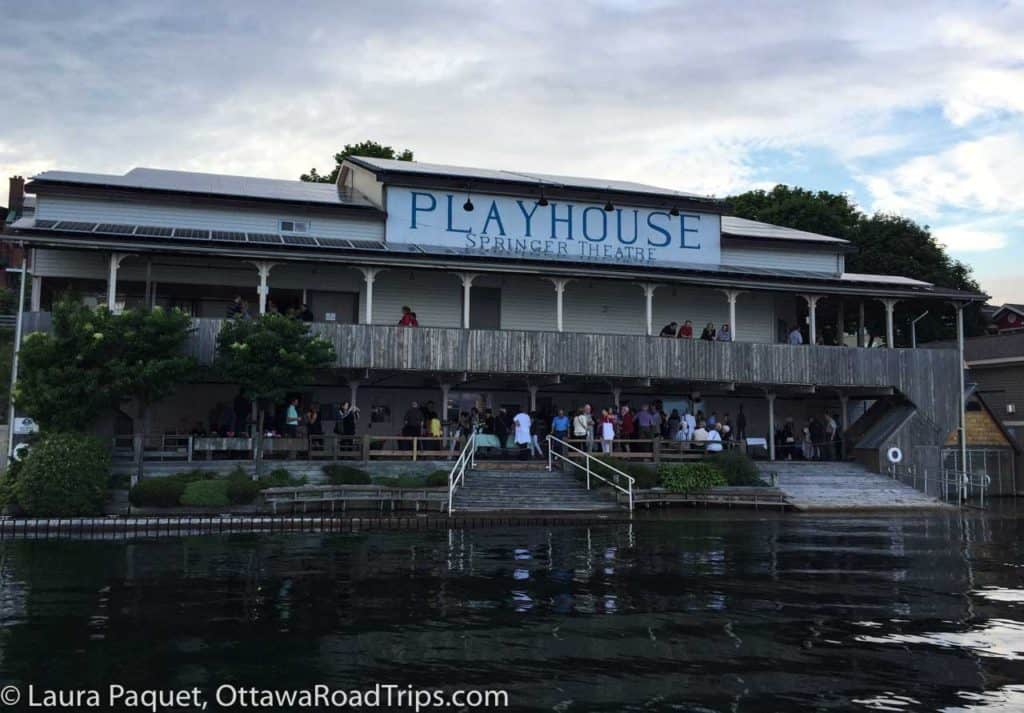
Just down the shore from the Thousand Islands Boat Museum in the Gan, you’ll find the Springer Theatre, one of two buildings that comprise the Thousand Islands Playhouse. The Springer began its life as the Gananoque Canoe Club and was converted into a performance space in 1982. For my money, it’s one of the most charming theatres in Eastern Ontario, as many of the original wooden architectural details have been preserved. And with just 360 seats, it’s a great place to enjoy summer theatre, as just about every seat offers a wonderful view. Nice acoustics, too.
The 1000 Islands were a haven for rum runners
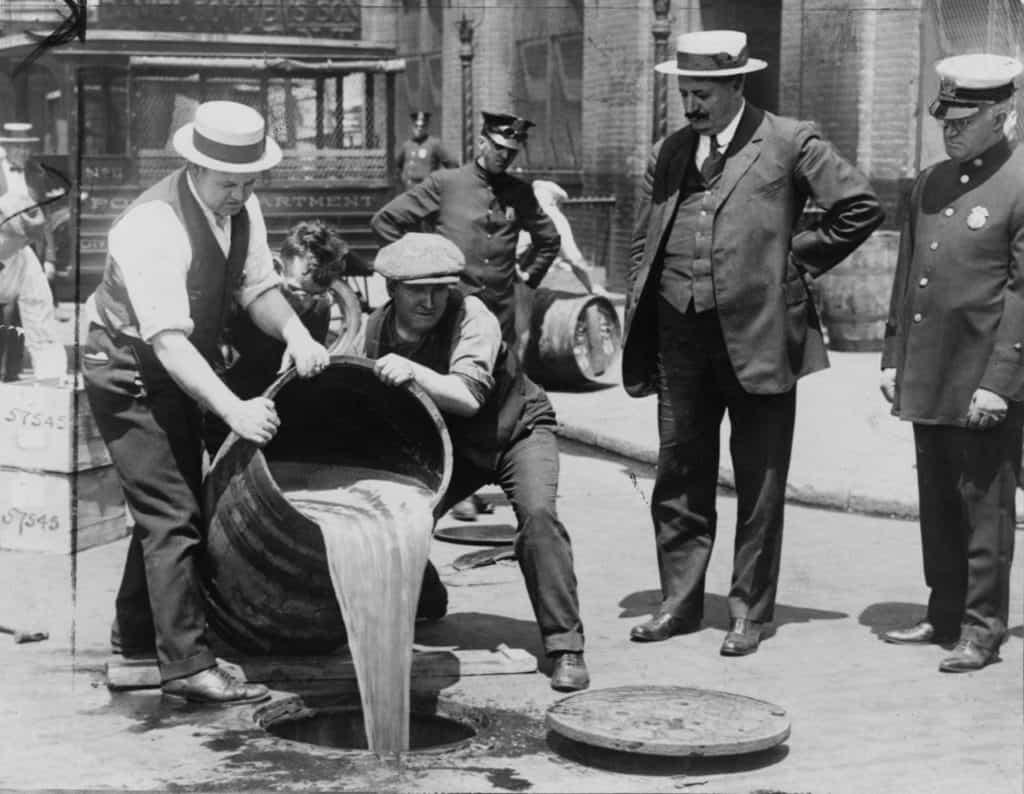
From 1920 until 1933, when Prohibition attempted to turn the entire United States into a “dry” country, the tiny, somewhat isolated outcrops of the 1000 Islands presented an irresistible temptation to, um, entrepreneurs with get-rich-quick dreams. The scheme? Pick up a few crates or barrels of booze on the Canadian side (or bootleg your own products), stash them in a boat, hide them on an island if needed, then putter into an isolated location on the U.S. shore and reap the rewards from thirsty Americans. Among the many rum runners who plied these waters were Claude “King” Cole—who smuggled booze through Main Duck Island, his private preserve near Kingston—and bootlegger Tony Kane, who met an untimely end (likely due to bad weather) near Cape Vincent in 1931.
The region is home to one of Canada’s smallest national parks
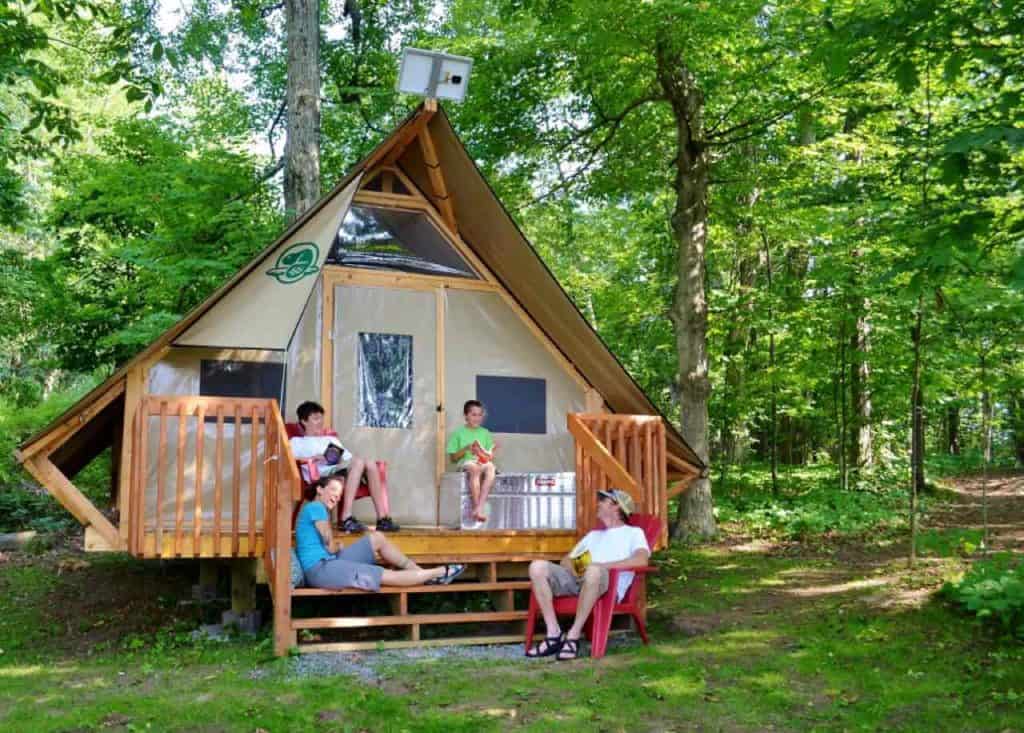
Scattered across all or part of 26 islands, 80 islets and shoals, and a few bits of the mainland, Thousand Islands National Park is just 24 square kilometres in total. That makes it Canada’s third-smallest national park, after Georgian Bay Islands and Point Pelee. If you’d like to experience island life, you can bring your own tent and camp, or rent a floored tent called an oTENTik.
You can visit a museum of western art
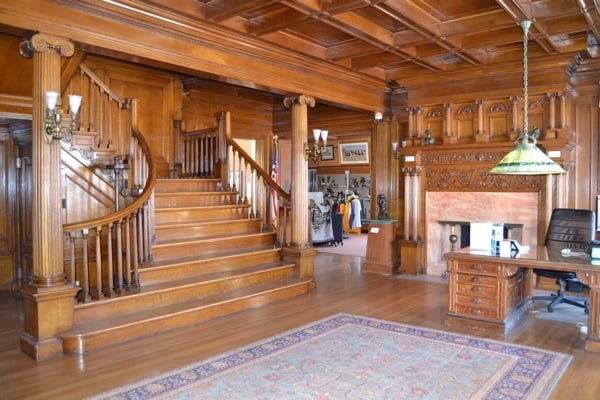
In his day, Frederick Remington was an art rock star, famed for his paintings and sculptures of cowboys and other American West themes. Intriguingly, though, he wasn’t originally from the West; he was born and raised in northern New York state. Today, you can now visit the Frederick Remington Art Museum in Ogdensburg, New York—just across the St. Lawrence River from Prescott, Ontario.
The 1000 Islands are actually 1,864 islands
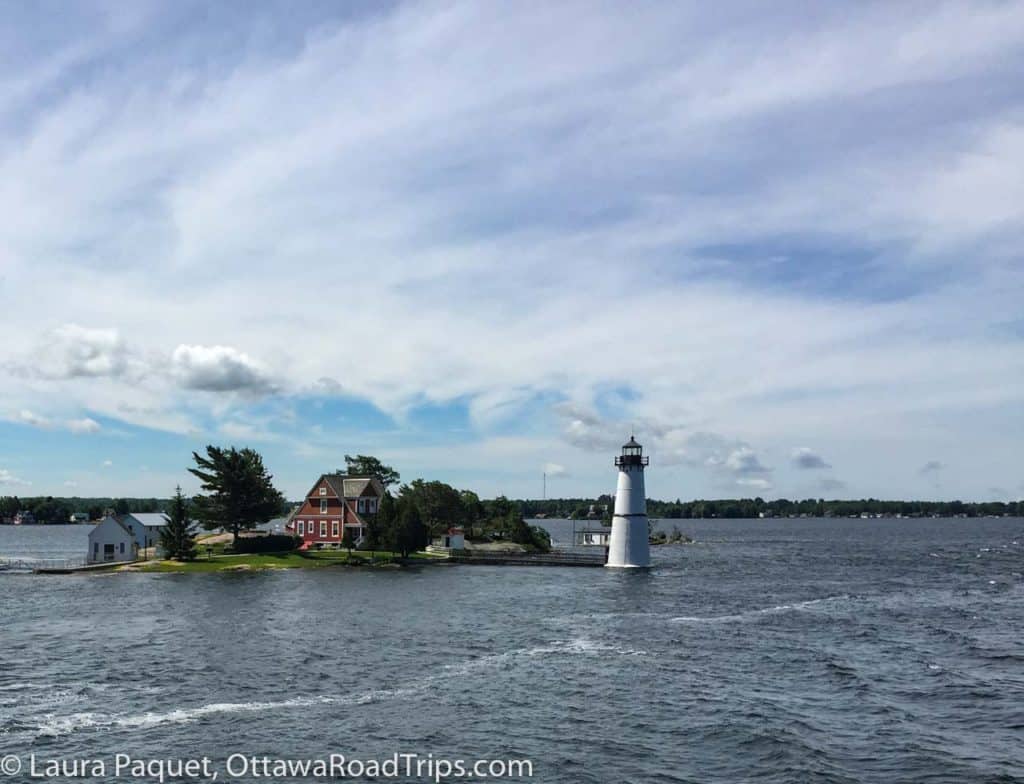
Yes, you get more than advertised! There are actually 1,864 islands in the so-called 1000 Islands. And in case you’re wondering what distinguishes an island from, say, a big rock, the folks at the 1000 Islands International Tourism Council provide a handy definition: “To be considered an island, it has to stay above water 365 days a year and support a living tree.”
And one thing I don’t know about the 1000 Islands, either
Is it the “1000 Islands” or the “Thousand Islands”? Ask anyone in the region and you’ll get a different answer. I have to look it up every single time. Kraft spells out the number in its namesake salad dressing, and the Gananoque theatre uses the word rather than the numerals, too. But the international tourism council and many other places write it as “1000.” If you have the definitive answer, please leave a comment. Inquiring minds want to know!
Places to stay in the 1000 Islands
Use this handy map to find hotels, inns, B&Bs and other accommodations in the 1000 Islands.
Read more
If you enjoyed this post, you might also like these!
- 10 things you didn’t know about Kingston
- 10 things you didn’t know about Brockville
- 10 things you didn’t know about Merrickville
If you enjoy reading about Eastern Ontario, West Quebec and points beyond, subscribe to my free weekly e-newsletter for lots more tips and stories!

1 comment
[…] 10 things you didn’t know about the 1000 Islands […]